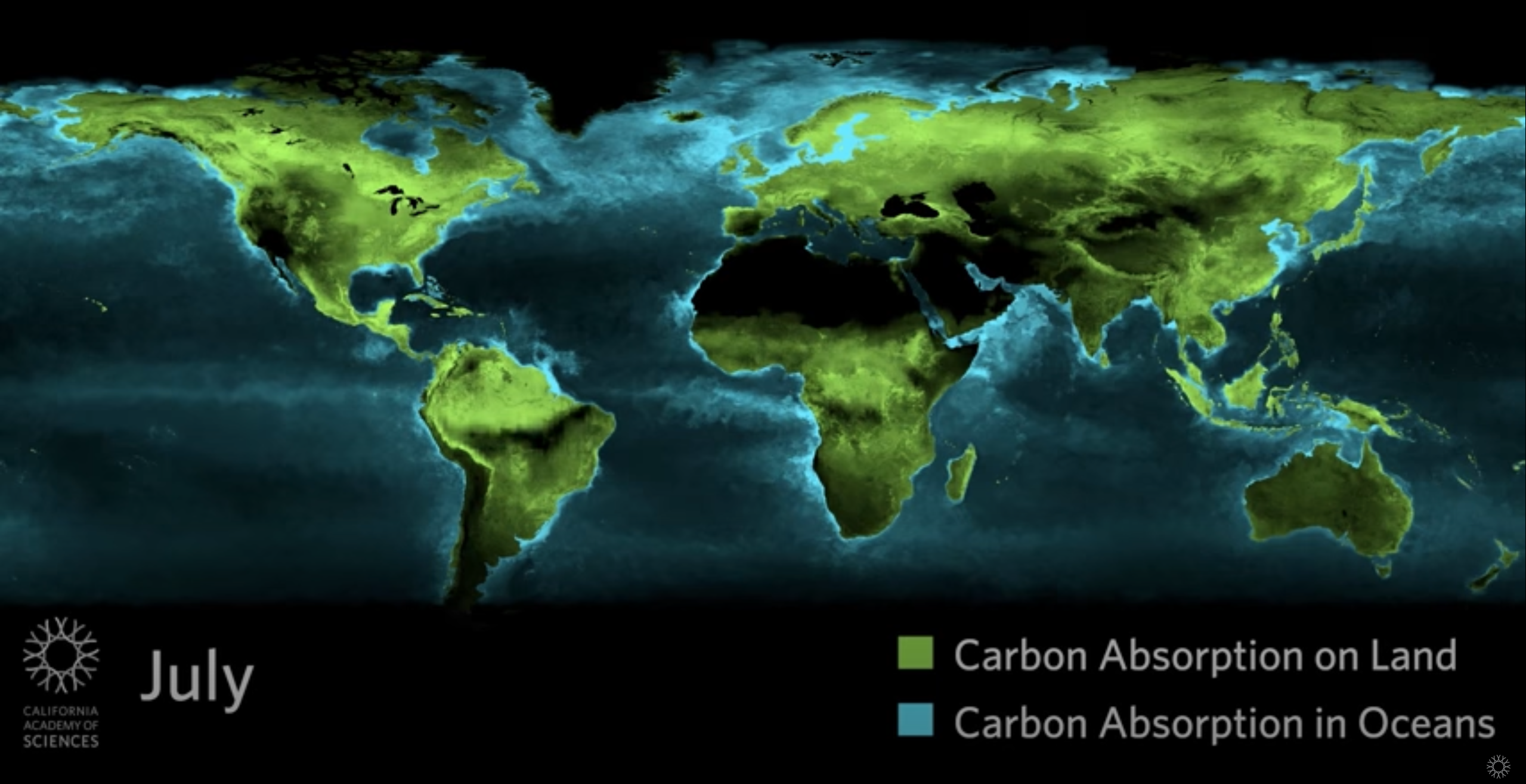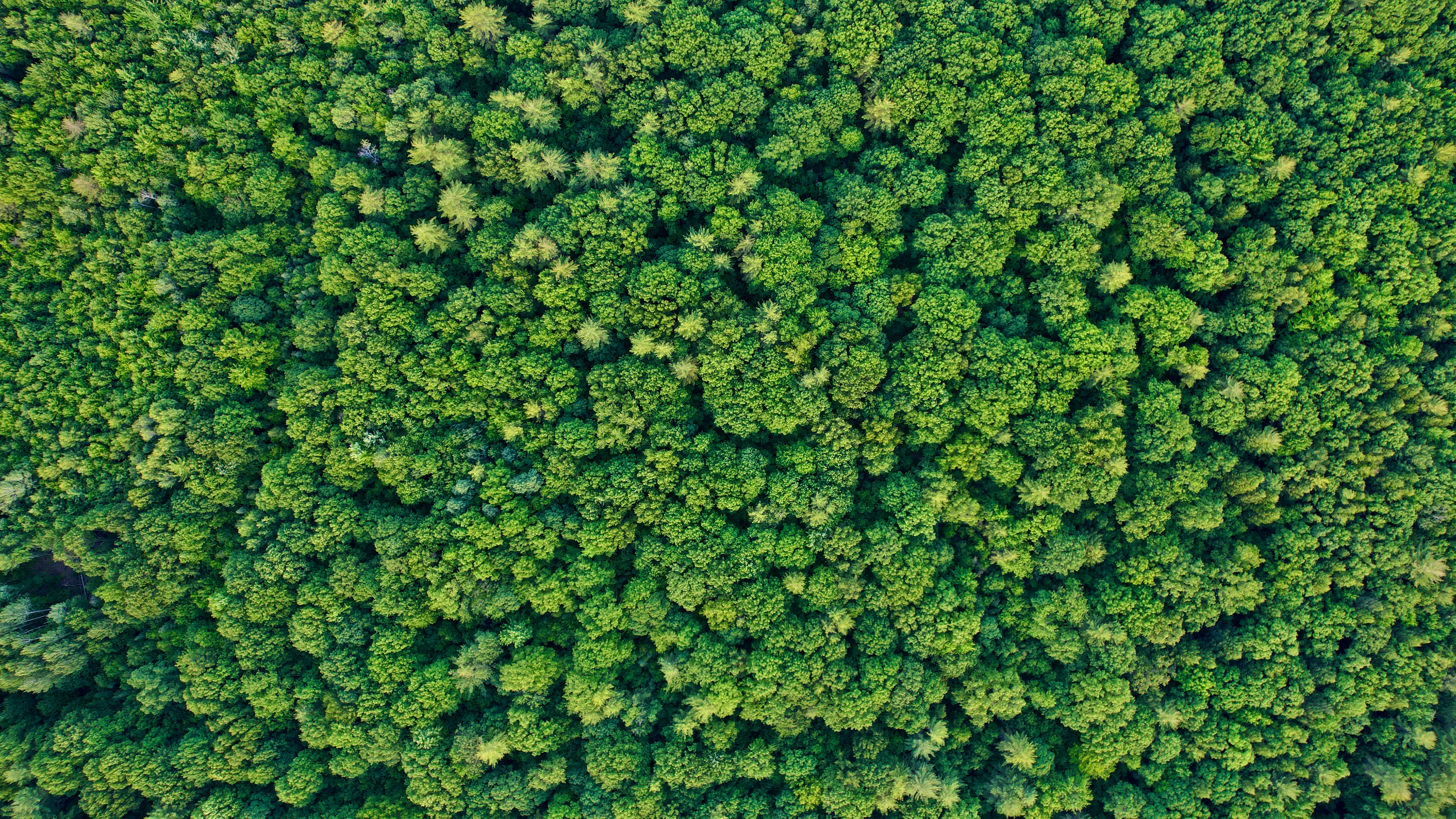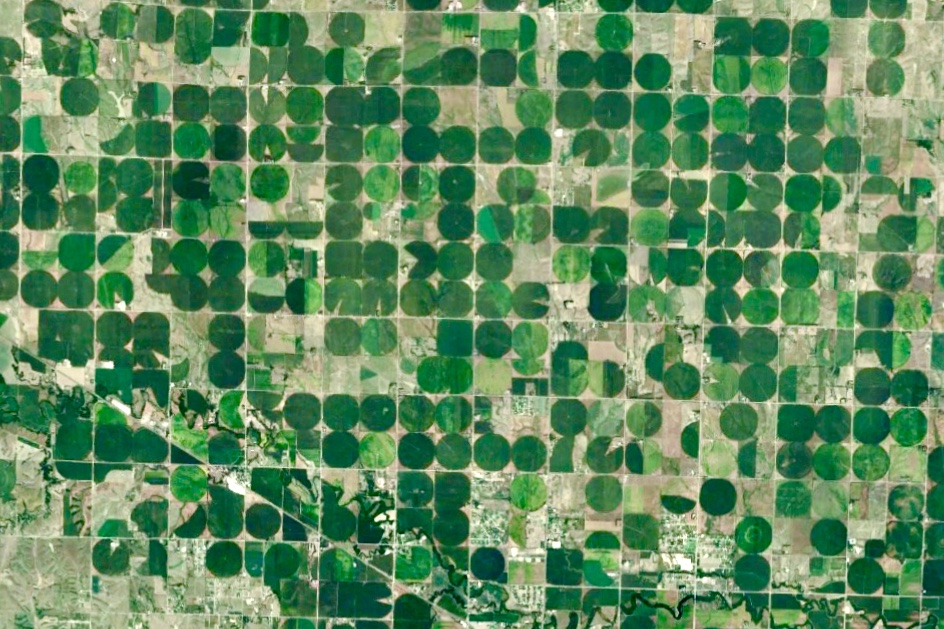Research Projects
Machine Learning Upscaling of Terrestrial Carbon Fluxes
Photosynthesis constitutes the largest yet most uncertain flux in the terrestrial carbon cycle. Ecosystem-level photosynthesis, often termed as Gross Primary Productivity (GPP), can be measured from networks of eddy covariance flux towers. Flux sites, however, are only sparsely and evenly distributed, and thus unable to inform the spatial and temporal dynamics of GPP at the global scale. Here we combine machine learning and physical constraints to upscale GPP measurements from flux tower sites to wall-to-wall global maps. We aim to reconstruct the temporal GPP dynamics induced by both climate (such as CO2) and land surface changes.
Kang, Y., Gaber, M., Bassiouni, M., Lu, X., and Keenan, T. (2023): CEDAR-GPP: spatiotemporally upscaled estimates of gross primary productivity incorporating CO2 fertilization, Earth Syst. Sci. Data Discuss. preprint, in review, 2023.
Gaber, M., Kang, Y., Schurgers, G., and Keenan, T. (2023): Using automated machine learning for the upscaling of gross primary productivity, Biogeosciences Discuss. preprint, in review, 2023.
Nakagawa, R., Chau, M., Calzaretta, J., … , Kang, Y. et al. (2023). Upscaling Global Hourly GPP with Temporal Fusion Transformer (TFT). CVPR MultiEarth Workshop 2023. paper
Quantifying vegetation structural dynamics
Leaf area index (LAI) is a structural biophysical variable describing the amount leaves that plant canopies have. Robust estimation of LAI is critical understand carbon, water, and enbergy exchange between plant, soil, atmosphere. I use statistical and machine learning approaches to quantify LAI from local to global scales at high (decametric) spatial resolutions and evaluate how uncertainties in LAI estimation impact the modeling of water fluxes.
Kang, Y., Ozdogan, M., Gao, F., et al. (2021). A data-driven approach to estimate leaf area index for Landsat images over the contiguous US. Remote Sensing of Environment, 258, 112383. link
Kang, Y., Gao, F., Anderson, M. et al. Evaluation of satellite Leaf Area Index in California vineyards for improving water use estimation. Irrig Sci (2022). link
Kang, Y., Özdoğan, M., Zipper, S. C., et al. (2016). How universal is the relationship between remotely sensed vegetation indices and crop leaf area index? A global assessment. Remote Sensing, 8(7), 597. link
Marshall, M., Okuto, E., Kang, Y., et al. (2016). Global assessment of Vegetation Index and Phenology Lab (VIP) and Global Inventory Modeling and Mapping Studies (GIMMS) version 3 products. Biogeosciences, 13(3), 625–639. link
Forecasting crop yields
Robust and timely estimations of crop yields in a spatially explicit manner provide essential information to farmers, private partners, and policy-makers. I employ both machine learning and crop growth modeling approaches to improve the accuracy and reliability of crop yield estimations across spatial scales over large areas. For example, I developed a hierarchical data assimilation framework to combine mechanistic crop modeling and satellite observations to estimate crop yield at individual field levels in the Midwest US. I also explored the strength of novel machine/deep learning algorithms to provide a timely forecast of yields at county levels.
Kang, Y., & Özdoğan, M. (2019). Field-level crop yield mapping with Landsat using a hierarchical data assimilation approach. Remote Sensing of Environment, 228, 144–163. link
Kang, Y., Ozdogan, M., Zhu, X., Ye, Z., Hain, C., & Anderson, M. (2020). Comparative assessment of environmental variables and machine learning algorithms for maize yield prediction in the US Midwest. Environmental Research Letters, 15(6). link
Yuchi, M., Zhang, Z., Kang, Y., & Ozdogan, M. (2021). Corn yield prediction and uncertainty analysis based on remotely sensed variables using a Bayesian neural network approach. Remote Sensing of Environment, 258, 112408. link


